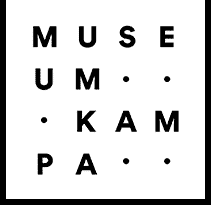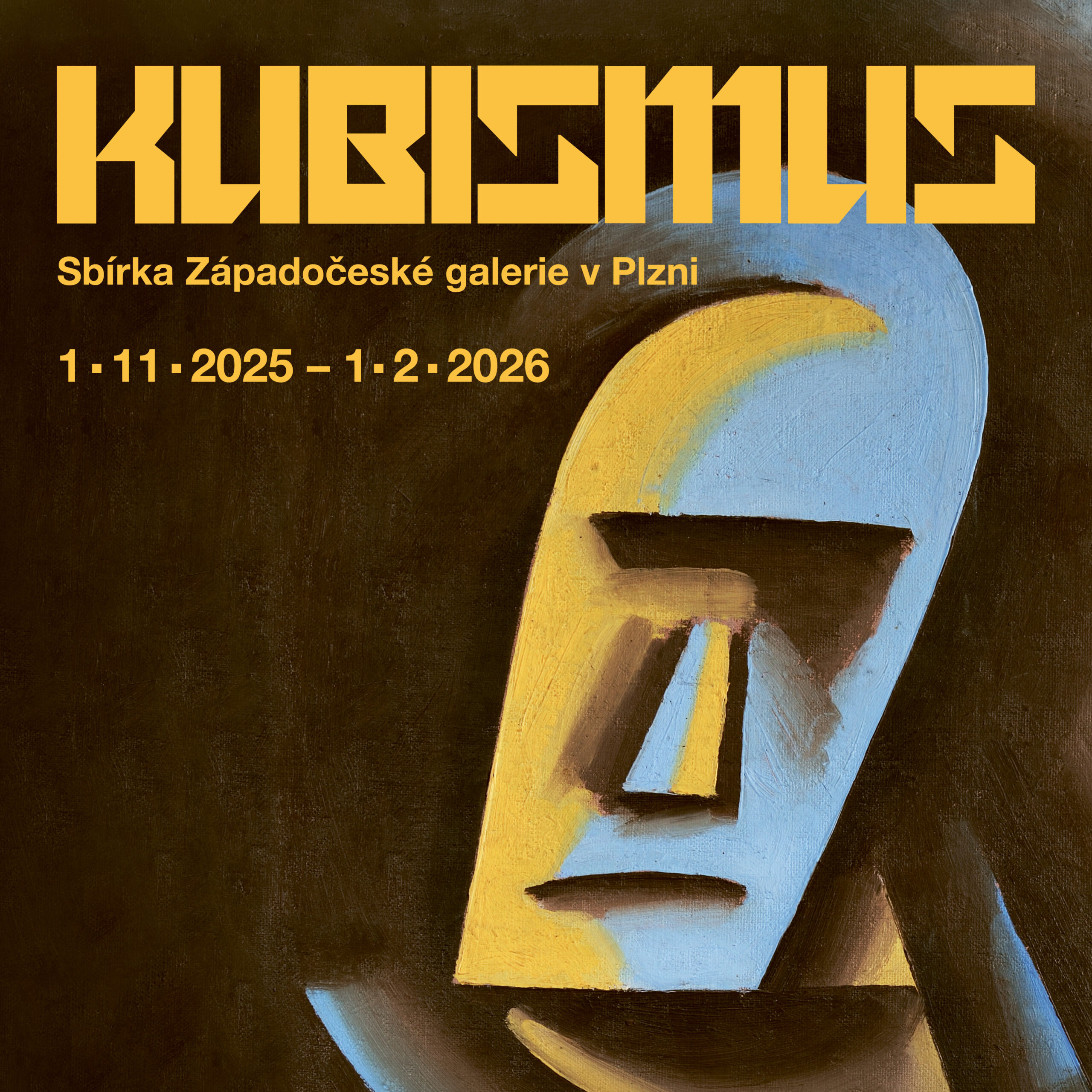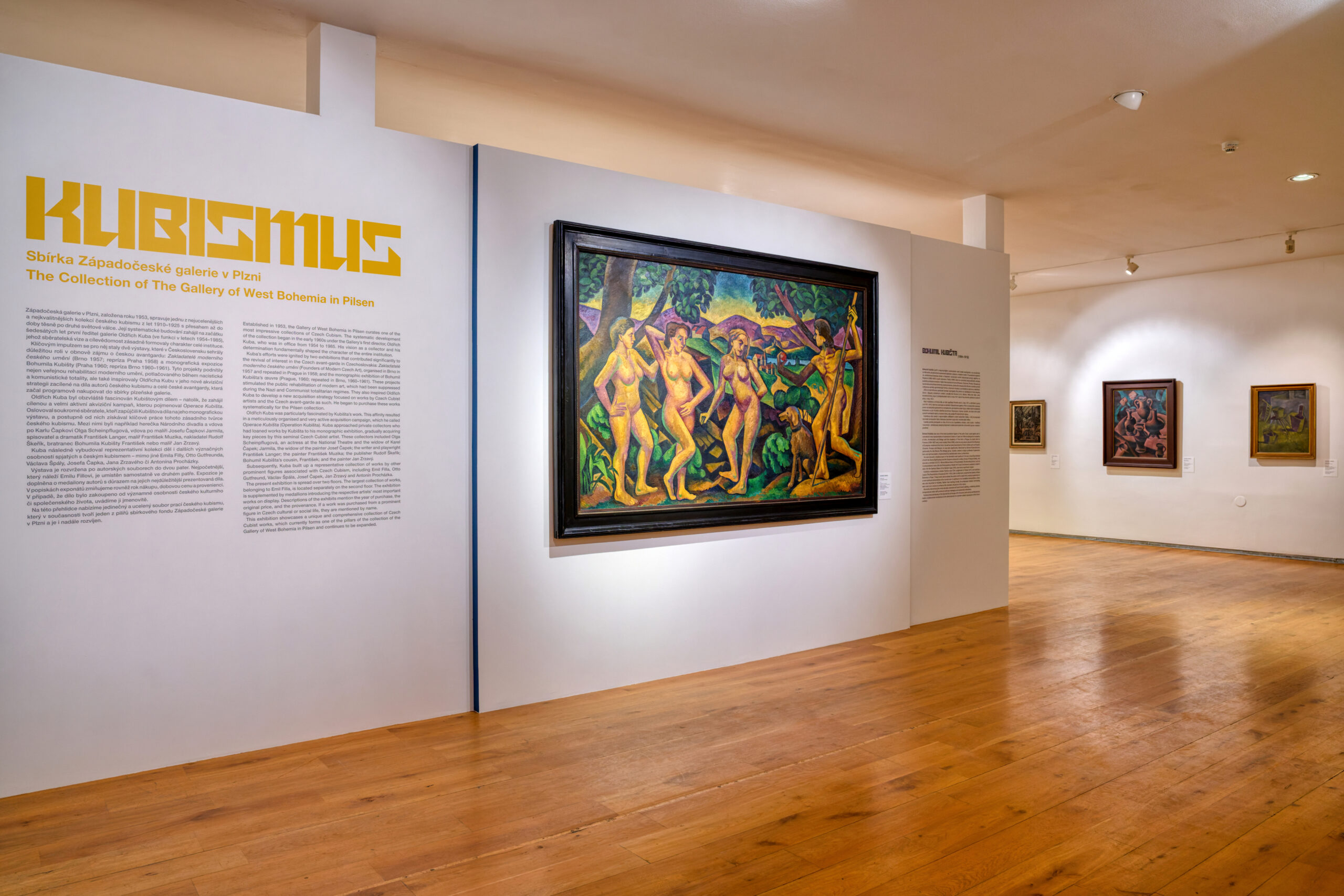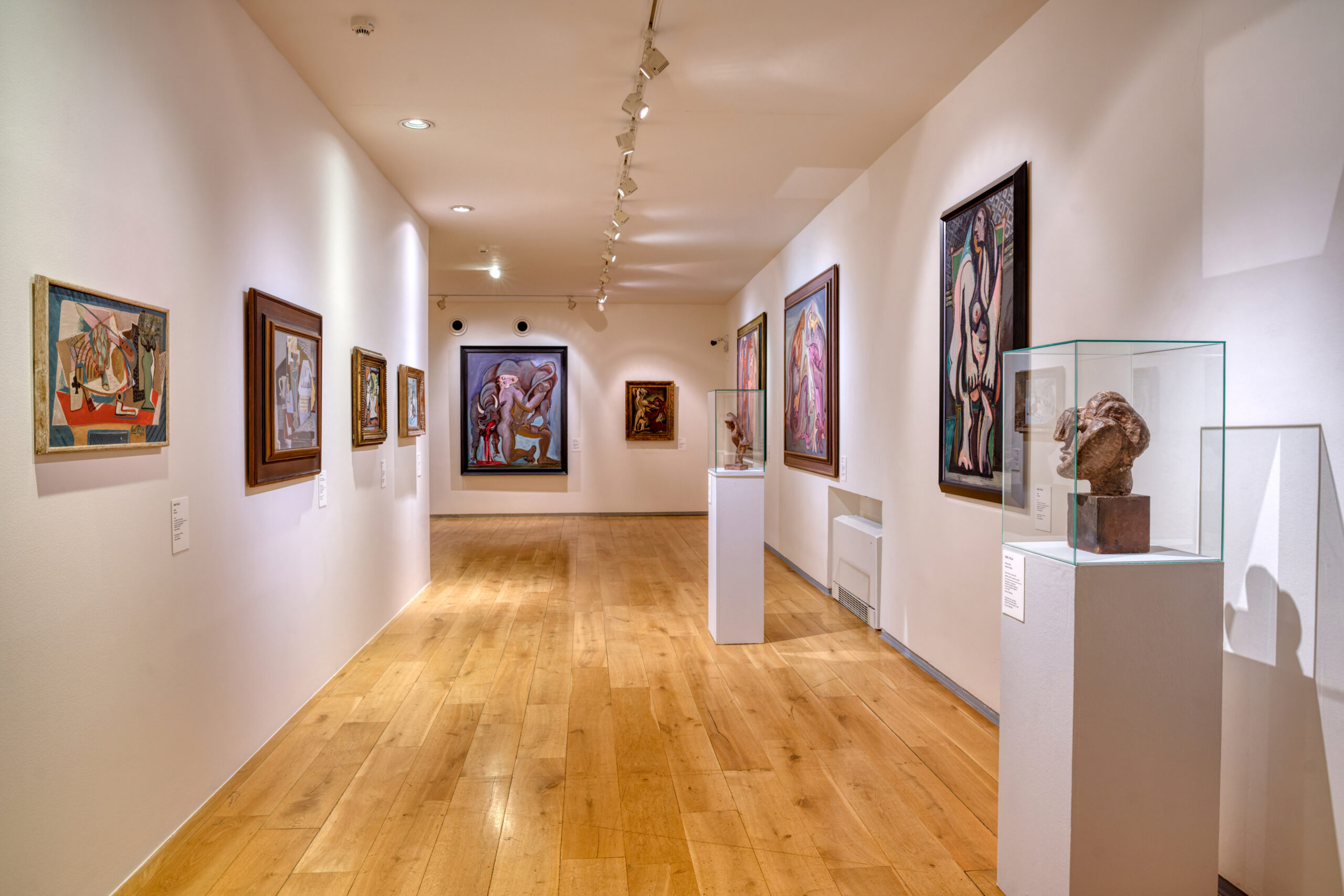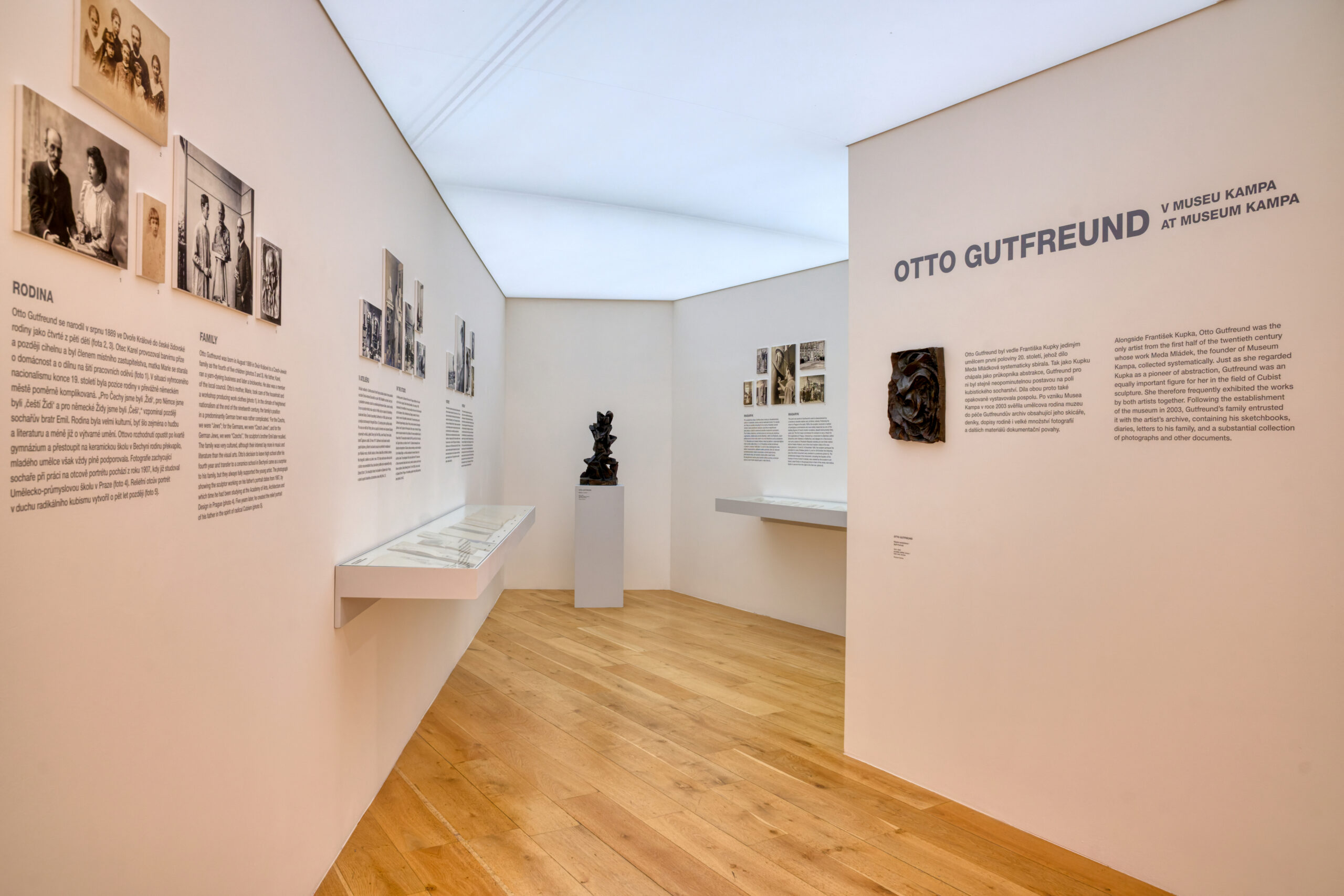The exhibition showcases one of the most impressive collections of Czech Cubism, curated by the Gallery of West Bohemia in Pilsen, which was established in 1953. The systematic development of the collection began in the early 1960s under the Gallery’s first director, Oldřich Kuba, who was in office from 1954 to 1985. His vision as a collector and his determination fundamentally shaped the character of the entire institution.
Kuba’s efforts were fostered by two exhibitions that contributed significantly to the revival of interest in the Czech avant-garde in Czechoslovakia: Zakladatelé moderního českého umění (Founders of Modern Czech Art), organised in Brno in 1957 and repated in Prague in 1958; and the monographic exhibition of Bohumil Kubišta’s œuvre (Prague, 1960; repeated in Brno, 1960–1961). These projects stimulated the public rehabilitation of modern art, which had been suppressed during the Nazi and Communist totalitarian regimes. They also inspired Oldřich Kuba to develop a new acquisition strategy focused on works by Czech Cubist artists and the Czech avant-garde as such. He began to purchase these works systematically for the Pilsen collection.
Oldřich Kuba was particularly fascinated by Kubišta’s work. This affinity resulted in a meticulously organised and very active acquisition campaign, which he called ‘Operation Kubišta’. Kuba approached private collectors who had loaned works by Kubišta to his monographic exhibition, gradually acquiring key pieces by this seminal Czech Cubist artist. These collectors included Olga Scheinpflugová, an actress at the National Theatre and the widow of Karel Čapek; Jarmila, the widow of the painter Josef Čapek; the writer and playwright František Langer; the painter František Muzika; the publisher Rudolf Škeřík; Bohumil Kubišta’s cousin, František; and the painter Jan Zrzavý.
Subsequently, Kuba built up a representative collection of works by other prominent figures associated with Czech Cubism, including Emil Filla, Otto Gutfreund, Václav Špála, Josef Čapek, Jan Zrzavý and Antonín Procházka.
The exhibition is spread over two floors. The largest collection of works, belonging to Emil Filla, is located separately on the second floor. The exhibition is supplemented by medallions introducing the respective artists’ most important works on display. Descriptions of the exhibits mention the year of purchase, the original price, and the provenance. If a work was purchased from a prominent figure in Czech cultural or social life, they are mentioned by name.
This exhibition showcases a unique and comprehensive collection of Czech Cubist works, which currently forms one of the pillars of the collection of the Gallery of West Bohemia in Pilsen and continues to be expanded.
Curator: Roman Musil
